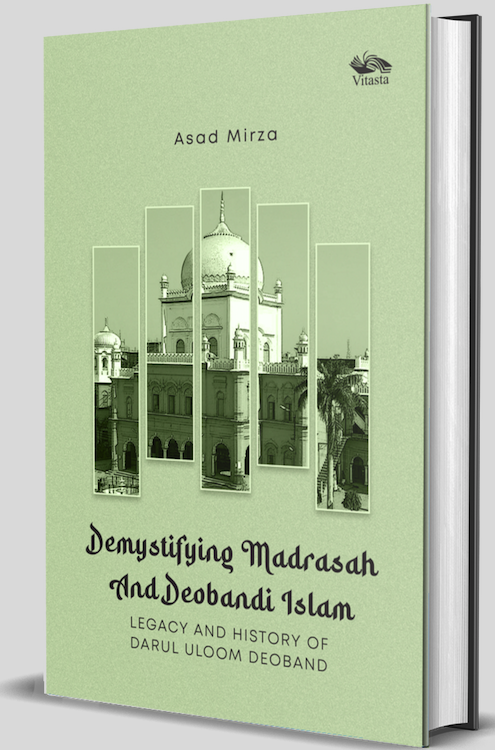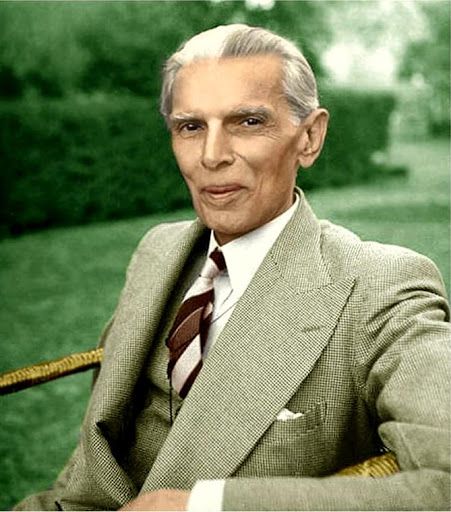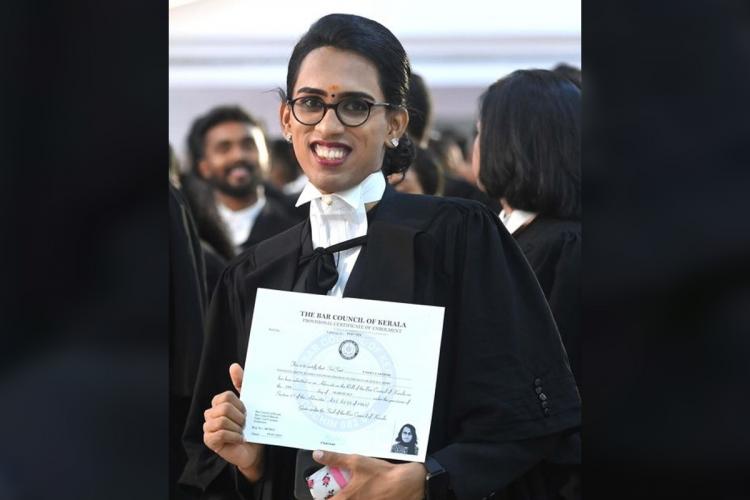Title: Dark Diamond; Author: Shazia Omar; Publisher: Bloomsbury; Pages: 252; Price: Rs 399
It is a Bengal at its most cosmopolitan, cultured and prosperous with its produce, especially fabrics, sought across the world, and attracting European companies. But the new entrants want preferential treatment, the world-famous fabrics far from enrich their makers and fundamentalist forces, slowly gaining strength, feel free to engage in outrages. Present-day Bangladesh? No, it is the Mughal province of Bengal.
And the man responsible for ensuring the state of affairs – and needing to meet the emerging challenges – is the provincial governor, Shaista Khan, who has never got his due from history, where he is remembered, if at all, as the Mughal general surprised and maimed by Shivaji in a daring raid.
But there was much more to Shaista Khan, especially his later career in Bengal – which is remembered as a golden era, and giving him a starring role in a dramatic and electrifying period adventure is this Bangladeshi author. And Shazia Omar, who tells us she was “hungry to learn about Bengal’s ancient history” but “very little is written about the Mughal experience in Bengal”, has set out to remedy this deficiency.
Omar, whose debut “Like a Diamond in the Sky” (2009), dealt with drug abuse in present-day Dhaka, keeps to the same setting (and around) but moves back in time for her second novel. It also retains a gem-related title, but here, the diamond is real – a huge, black one in the possession of the governor and dear to him, but coveted by many including the English monarchy, French adventurers, a pir with a destructive goal, a masked Maratha warrior and the Emperor Aurangzeb himself among others.
But Kalinoor, like its brighter and more famous counterpart Kohinoor, is believed to be cursed for its holder and his works, and Shaista Khan is forced to consider if all the troubles he is facing stem from it.
Aurangzeb is expected soon – a visit the governor is not looking forward to in view of his opposition to recent imperial policies, such as jiziya, and to the uncouth English traders’ demand to operate tax-free. Then there are some defiant provincial landlords, spies in his own household, attempts on his own life, fundamentalists emboldened enough to attack a project close to him – an orphanage-cum-school for girls set up by his daughter, who died recently, while the ghosts of his turbulent past refuse to rest.
All Shaista Khan has, apart from his own prowess and a few devotedly loyal retainers, are an vividly assorted band of allies – a Bengali dancer and healer, a French woman in India to search for a cure for her ill father, and a Portuguese pirate.
But are his new friends what they seem, or have other agendas? And can they take on the forces of darkness arrayed against them, is what drives this roller-coaster of a story.
But the author has not only crafted an atmospheric historical thriller but also woven in shades of magical realism and a bit high fantasy, right from the chilling story of the diamond’s discovery and potency that it begins with, and a duel at the astral level at its denouement. On the other, keeping it grounded, is the constant refrain of following the dictates of duty over conscience in the long and eventful life of Shaista Khan.
The historical background is well-researched, and most of the historical characters are authentic, though we cannot begrudge Omar some creative license. However, in a reversal of sorts, it is the foreign component seems a bit contrived.
However, on the whole, her story is a vibrant and engaging look at an area and period of the subcontinent most in the present don’t know about – but should, as well as referencing a tumultuous period of Mughal period, with consequences for the subcontinent’s future trajectory. And in this process, Shaista Khan and his remarkable family, which were related to three Mughal emperors and played a key role in succession – get some limelight.
(Vikas Datta can be contacted at vikas.d@ians.in)






0 Comments